Thank you for downloading this Simon & Schuster ebook.
Get a FREE ebook when you join our mailing list. Plus, get updates on new releases, deals, recommended reads, and more from Simon & Schuster. Click below to sign up and see terms and conditions.
CLICK HERE TO SIGN UP
Already a subscriber? Provide your email again so we can register this ebook and send you more of what you like to read. You will continue to receive exclusive offers in your inbox.
We hope you enjoyed reading this Simon & Schuster ebook.
Get a FREE ebook when you join our mailing list. Plus, get updates on new releases, deals, recommended reads, and more from Simon & Schuster. Click below to sign up and see terms and conditions.
CLICK HERE TO SIGN UP
Already a subscriber? Provide your email again so we can register this ebook and send you more of what you like to read. You will continue to receive exclusive offers in your inbox.

An Imprint of Simon & Schuster, Inc.
1230 Avenue of the Americas
New York, NY 10020
www.SimonandSchuster.com
Copyright 2018 by Joy Press
All rights reserved, including the right to reproduce this book or portions thereof in any form whatsoever. For information, address Atria Books Subsidiary Rights Department, 1230 Avenue of the Americas, New York, NY 10020.
First Atria Books hardcover edition February 2018
 and colophon are trademarks of Simon & Schuster, Inc.
and colophon are trademarks of Simon & Schuster, Inc.
For information about special discounts for bulk purchases, please contact Simon & Schuster Special Sales at 1-866-506-1949 or .
The Simon & Schuster Speakers Bureau can bring authors to your live event. For more information or to book an event, contact the Simon & Schuster Speakers Bureau at 1-866-248-3049 or visit our website at www.simonspeakers.com.
Interior design by Laura Levatino
Jacket design by Laywan Kwan
Author photograph by Kieran Press-Reynolds
Library of Congress Cataloging-in-Publication Data
Names: Press, Joy, 1966 author. Title: Stealing the show : how women are revolutionizing television / Joy Press. Description: New York : Atria Books, 2018. Identifiers: LCCN 2017032332 (print) | LCCN 2017050318 (ebook) | ISBN 9781501137730 (ebook) | ISBN 9781501137716 (hardback) | ISBN 9781501137723 (paperback) Subjects: LCSH: Television and womenUnited StatesHistory. | Women television producers and directorsUnited States. | Television programsUnited StatesHistory. | Television broadcastingUnited StatesHistory. | BISAC: PERFORMING ARTS / Television / Direction & Production. | SOCIAL SCIENCE / Womens Studies. | PERFORMING ARTS / Television / History & Criticism. Classification: LCC PN1992.8.W65 (ebook) | LCC PN1992.8.W65 P74 2018 (print) | DDC 791.456522dc23 LC record available at https://lccn.loc.gov/2017032332
ISBN 978-1-5011-3771-6
ISBN 978-1-5011-3773-0 (ebook)
To my parents, Rebecca and Stephen Press, who kept our house stocked with books and never uttered the words Too much TV is bad for you.
INTRODUCTION

Mary Tyler Moore became an icon of single working womanhood on The Mary Tyler Moore Show.
Growing up in the seventies, I devoured The Mary Tyler Moore Show and That Girl reruns. I couldnt have explained why back then, but the chutzpah and ambition of those characters were a big part of it. Both shows featured young women chafing at their limits. Sometimes I felt they were winking at me, as if to acknowledge the ridiculousness of their predicaments. But as much as I loved them, The Mary Tyler Moore Show and That Girl were innocuous reflections of the ferocious changes shaking up our culture.
During the second half of the twentieth century, American women expanded their ability to control reproduction, to pursue careers, to decide when (or whether) to marry, and to end marriages gone bad. Looking back at those decades of change and turbulence, Im amazed by how little of this translated to the TV screenand how few women had creative control over the shows America watched. Marlo Thomas recalled that while working on That Girl , she was usually the only girl in the room. Although the sitcom revolved around her character, it was up to Thomas to nudge the male writers and producers toward a more accurate and realistic rendering of a liberated young womans life.
The idea for this book started clattering around in my brain in the spring of 2015. If you had to pick a triumphant moment for the twenty-first-century surge of revolutionary TV made by and about women, that would be it. More than a dozen new female-centric series created by women premiered in 2015as many as had emerged in the three previous years combined. At the 2015 Emmys, Inside Amy Schumer won Best Variety Show, and Jill Soloway accepted an award for directing the series shed created, Transparent. The same year, at the Golden Globes, four of the five nominated comedies, Orange Is the New Black , Girls , Jane the Virgin , and Transparent (which won), were made by women. On the drama front, Shonda Rhimes reigned over ABCs Thursday-night lineup with three hit series, making her one of the most powerful producers in Hollywood.
For most of TV history, broadcast networks had focused on series that could deliver a mass audience to advertisers, with particular emphasis on eighteen-to-thirty-four-year-old guys. Entertainment executives, who were mostly men, seemed to believe viewers wouldnt put up with complex female leads, even as audiences lapped up series about cranky or difficult men. Women couldnt be chubby, dark-skinned, or too far north of thirty, either. In the early years of the twenty-first century, though, those tightly held beliefs began to loosen. The TV industry was in crisis, threatened by an onslaught of cable and digital outlets. Where once ABC, CBS, and NBC divided up the entire American viewing populace among themselves, now they had to fend off an ever-multiplying number of rivals. The crisis became a moment of opportunity; cable and digital executives grew more receptive to programming that appealed to niche populations, and anxious broadcast networks took a few more risks in response. As a result, women began to enter through the ever-widening cracks in the system.
This is a tale of the extraordinary women responsible for an upheaval in pop culture, the reverberations of which continue to shake up the television landscape today. Theyve filled our screens with a throng of unruly female characters and stretched the format farther than we ever imagined it could go. So many aspects of womens lives (as momentous as female friendship, as mundane as period pain) had never been depicted with any depth on a small screen because network executives believed that these things were inherently dull or off-putting. Nowadays, we take it for granted that well be seeing female experiences depicted provocatively and hilariously on our screenscourtesy of a bevy of irreverent female writers, producers, directors, and performers.
Shonda, Jenji, Mindy, Lena, Tinaall those loud, visible female showrunners have made television feel like an equal-opportunity dream factory. Most of the young female TV writers Ive interviewed came of age watching series such as Gilmore Girls , My So-Called Life , and Greys Anatomy , and took for granted that Hollywood would make space for them. However, despite the recent spate of high-profile, Zeitgeist-defining shows conceived, written, and starring women, television remains a male-dominated industry. Anecdotal evidence suggests that female showrunners earn less than their male counterparts, and there are still far fewer women in those positions of power. According to a report by the Center for the Study of Women in Television and Film, out of all the series on the air in the 2016/17 season, only one in five broadcast TV creators was female. Its only slightly better at the supposedly more adventurous cable and streaming outlets, where 26 percent of creators are female. The report notes something else, though: shows with at least one female creator hired far more women writers and cast more women in major roles. Its an ever-expanding circle in which powerful female showrunners can enable others to create cultural images and narratives that inspire the next generation of powerful women.



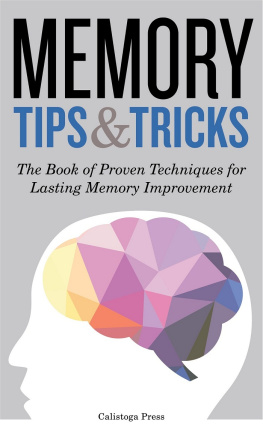
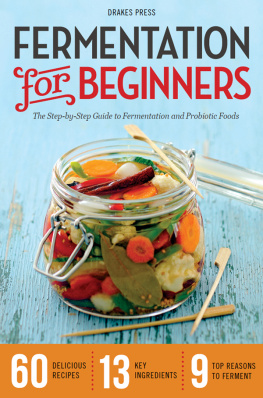



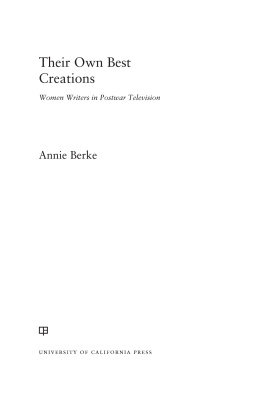
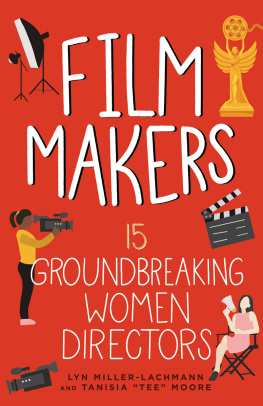


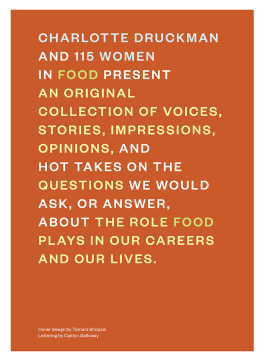
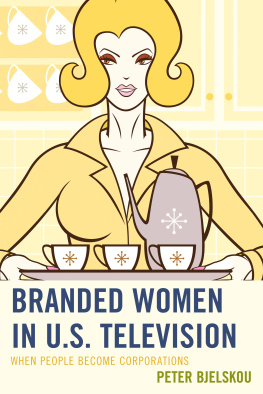


 and colophon are trademarks of Simon & Schuster, Inc.
and colophon are trademarks of Simon & Schuster, Inc.